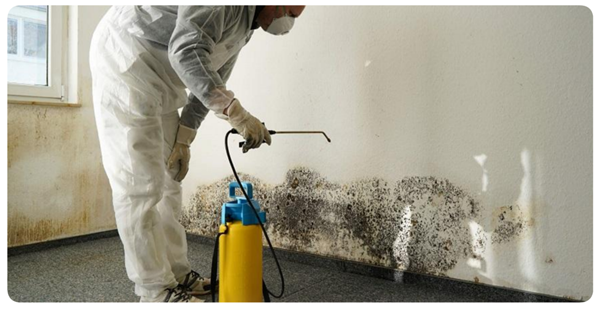What steps should be taken to ensure the proper delivery and installation of ducting for a commercial HVAC system
Ensuring the proper delivery and installation of ducting for a commercial HVAC (Heating, Ventilation, and Air Conditioning) system is critical to the success of the project. Meticulous planning and execution can significantly impact the overall project timeline, system performance, and operational efficiency. Here are the essential steps to follow and their effects on the project:
1. Pre-Delivery Preparation
Detailed Planning and Coordination:
Before the ducting delivered, a comprehensive plan should be in place. This involves coordinating with the ducting supplier, HVAC contractor, and other stakeholders. Detailed planning ensures that the delivery schedule aligns with the project timeline and that the site is ready for installation.
Site Readiness:
Ensuring the site is prepared for ducting delivery is crucial. This includes having adequate space for unloading and storing the ducting components, and ensuring that pathways are clear to facilitate easy transportation of materials to their installation points. Proper site preparation minimizes delays and disruptions during installation.
2. Delivery and Inspection
Timely Delivery:
Timely delivery of ducting components is essential to avoid project delays. Working with a reliable supplier who can adhere to the agreed delivery schedule ensures that the project progresses smoothly.
Inspection Upon Arrival:
Inspecting the ducting components upon delivery is vital. Check for any damages, discrepancies, or missing parts. Any issues identified should be addressed immediately with the supplier to prevent installation delays and ensure that the ducting meets the required specifications.
3. Proper Storage and Handling
Safe Storage:
Proper storage of ducting components is necessary to prevent damage. Components should be stored in a clean, dry area away from potential hazards. Proper storage practices ensure that the ducting remains in good condition until installation.
Careful Handling:
Ducting components should be handled with care to avoid damage. This includes using appropriate lifting equipment and techniques. Proper handling ensures that the ducting maintains its integrity and performance capabilities.
4. Accurate Installation
Following Design Specifications:
Installing the ducting according to the design specifications is crucial for optimal system performance. The installation team should follow the layout plans, ensuring that all components are correctly positioned and connected.
Ensuring Air Tightness:
Proper sealing of duct connections is essential to prevent air leaks, which can reduce system efficiency and increase energy costs. Using high-quality sealants and tapes helps maintain air tightness and enhances system performance.
Adhering to Safety Standards:
Compliance with safety standards and regulations during installation is imperative. This includes following guidelines for the safe handling of materials, proper use of tools and equipment, and adherence to building codes. Ensuring safety during installation protects workers and ensures the long-term reliability of the system.
5. Testing and Balancing
System Testing:
After installation, the HVAC system should be thoroughly tested to ensure it operates as intended. This includes checking airflow rates, temperature control, and overall system performance.
Balancing the System:
Balancing the HVAC system involves adjusting the airflow to different areas to achieve uniform temperature distribution and optimal comfort levels. Proper balancing ensures that the system operates efficiently and meets the desired performance standards.
6. Post-Installation Review and Maintenance Plan
Final Inspection:
Conducting a final inspection to verify that the installation meets all specifications and standards is essential. Addressing any issues at this stage ensures that the system is ready for operation.
Establishing a Maintenance Plan:
A maintenance plan should be established to ensure the ongoing performance and longevity of the HVAC system. Regular inspections, cleaning, and servicing help prevent issues and maintain system efficiency.
Impact on Project Timeline and System Performance
By following these steps, the project timeline can be optimized, preventing delays and ensuring that the system is operational as planned. Proper delivery and installation practices enhance the system’s performance, leading to improved energy efficiency, reduced operational costs, and consistent indoor comfort. Additionally, addressing potential issues early in the process minimizes the risk of costly repairs and downtime in the future.
In conclusion, ensuring the proper delivery and installation of ducting for a commercial HVAC system involves detailed planning, coordination, careful handling, and adherence to standards. These steps significantly impact the project’s success, timeline, and overall system performance, ultimately leading to a reliable, efficient, and cost-effective HVAC solution.



